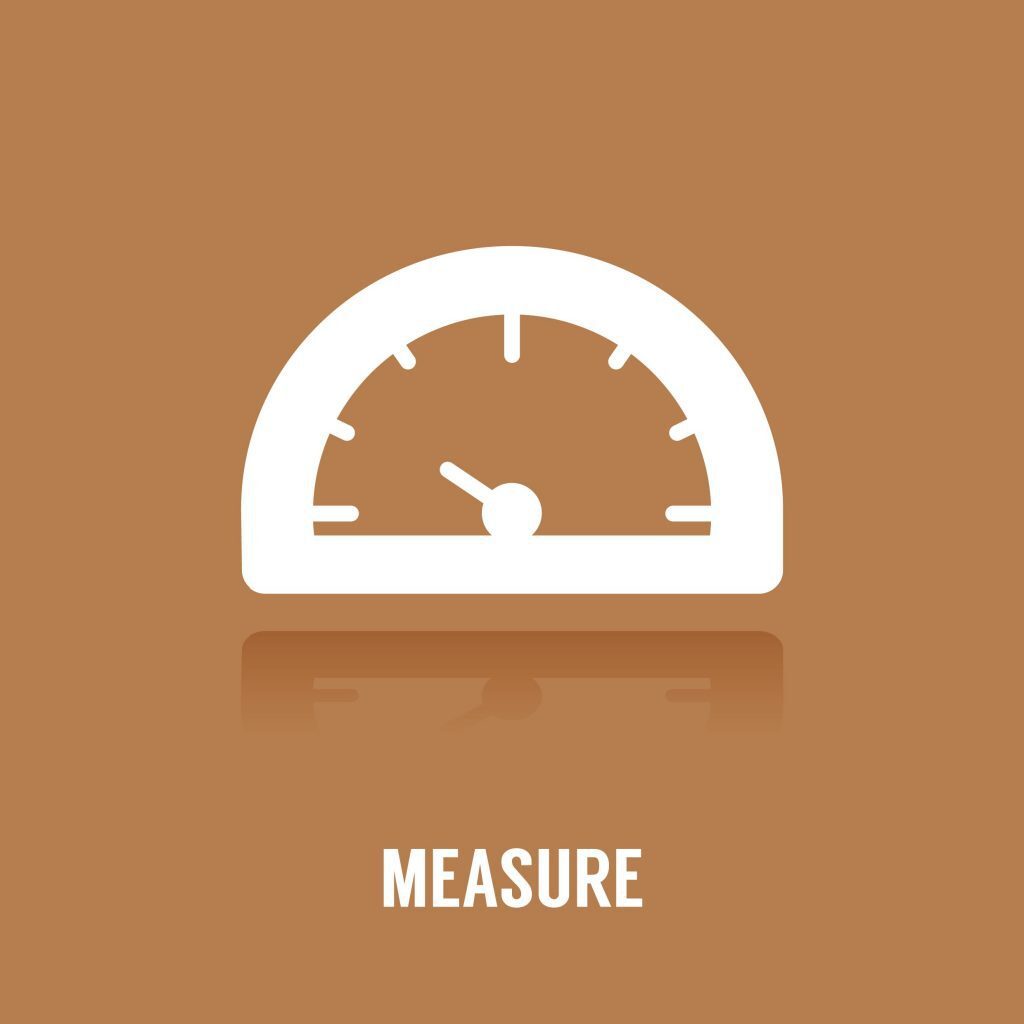If there was ever a Golden Age of entrepreneurship, this is it.
While the definition of what exactly constitutes a 'Golden Age' might be difficult to pin down, EmailAnalytics CEO Jayson DeMers suggests that arguments for the term include increased connectivity, access to unlimited resources, availability of funding, and much more.
Competition has certainly increased, but the Internet and social media have created opportunities for many when before there were none.
Although entrepreneurship offers you the freedom to run your business the way you want to, it does come with a few challenges.
One of these challenges is fundamental: how do you get your service or product out to market?
For many entrepreneurs, marketing can be difficult because of a lack of resources.
Unlike more established companies, many startups and young businesses don't have access to a dedicated marketing team or might find that these services exceed their budget.
In a previous article on ‘10 Networking Tips for Small Businesses’, we discussed how networking is a critical skill for small businesses. Networking is one way of getting your business out there.
Creating and executing a marketing plan or strategy is another.
A good marketing strategy doesn't have to be expensive, but it does have to be well thought out.
Here are a few guidelines to help you develop a marketing strategy that's effective and scalable for your business.
Plot out your buyer's journey
The first thing you'll need to do in order to put together an effective marketing plan is to fully understand your prospective customers' buyer's journey.
This can require a bit of work, as according to Inc. the buyer's journey is now more complex than it was in previous decades.
The modern buyer's journey now includes three phases:
- Awareness - when consumers realize they need a product or service
- Consideration - where they do their research on the product and companies that offer it.
- Decision - when they make their final choice.
Try examining what your buyer is thinking when they look at your products and services.
- What questions are they asking?
- Where do they start, and what are they looking for?
- What was motivating them to start their journey with you?
- What kind of answers are they hoping to find?
When you've got a good grasp on this, then you can start moving on to the next step.

Your marketing plan should explore all avenues
Once you have your customers' buyer's journey mapped out, then you can start exploring what marketing options are available to you.
There may be a temptation to put all your eggs in one basket by investing in the latest marketing fad, but linking several strategies together might actually be more effective.
By utilizing different forms of marketing, you'll be able to work around the weak spots of each technique and build a more solid net — and it doesn't even have to cost that much.
Take direct mail marketing, for instance. This "traditional" marketing method pulls in a high ROI, with some of the best value per advertising dollar around. For example, Triadex Services worked with a national pizza chain franchise on a direct mail marketing campaign and found that franchises averaged redemption rates of around 13%, with some stores hitting as high as 30%. Your direct mail materials can direct customers to your physical store and your website or social media pages, where you can capture their interest and create longer-term connections.

Study your data
Many entrepreneurs might feel that data analytics isn't for them. After all, a good entrepreneur will have good instincts, and those instincts are what helps them stand out from the crowd.
But studying your data — whether it's your website traffic, sales, customer needs, and engagements after a marketing campaign — are the key to ensuring the continued success of your business, especially in such a technology-driven era.
Try to measure every element of the buyer's journey you identified earlier. This will help you identify where on the buyer's journey you are losing customers and identify opportunities to improve conversion.
Investing in BI and analytics can help you cut costs in the long run by allowing you to prune unnecessary elements and invest in the proper avenues. It might even lead to better returns, as it can help you determine what's connecting with your customer base and how.
Learn and iterate
You will not get it right first time, however, implementing the recommendations in this article will help you learn about your potential customers and the parts of their 'buyers journey' which are working or not working.
By improving the areas which are not working well, and directing leads to areas which are working well, you will improve your conversions.
This isn't a one-time effort, it is a continuous cycle of action, measurement and improvement which requires many iterations to get right.
Good luck!




